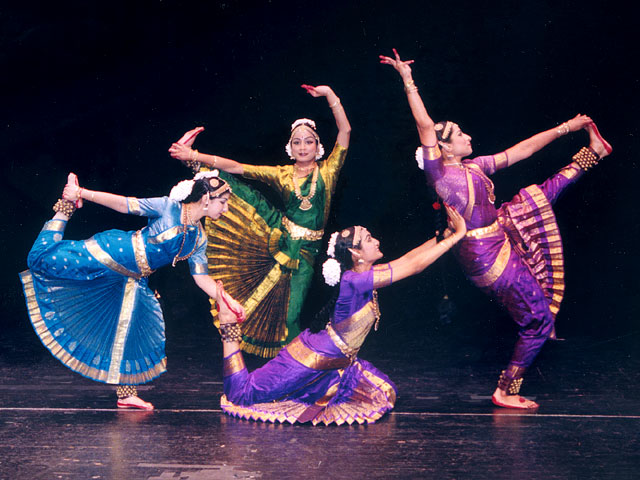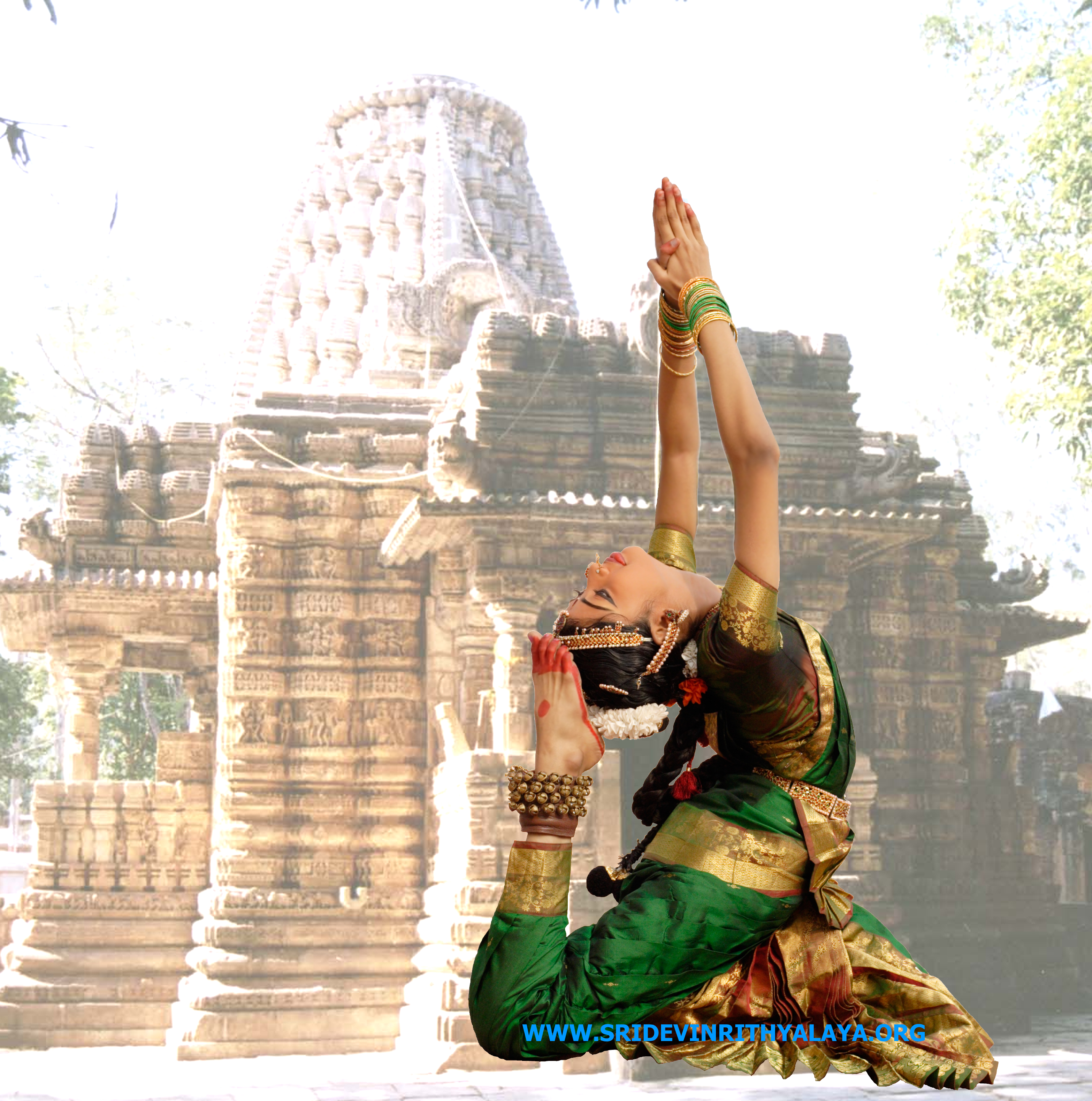
Indian Classical Dance forms are really great to not just to watch sitting in auditorium and applause but to observe and understand very influence of nonverbal communication in our life. Most people might attribute these dance forms to antiquity and culture - tradition of certain geographical area or civilization but these dance forms portray broad spectrum of emotions and feelings an individual from any part of this earth has at unconscious level.
tradition of certain geographical area or civilization but these dance forms portray broad spectrum of emotions and feelings an individual from any part of this earth has at unconscious level.
 tradition of certain geographical area or civilization but these dance forms portray broad spectrum of emotions and feelings an individual from any part of this earth has at unconscious level.
tradition of certain geographical area or civilization but these dance forms portray broad spectrum of emotions and feelings an individual from any part of this earth has at unconscious level.
Karanas (Transitional movements or postural alternations), Hastas (Hand Gestures),Adavus (Series of steps or expressions), and Bhedas (Eye contact, different gazes, Neck - Head movements) are basic elements of all Indian Classical Dance forms described in Natya Shashtra - an ancient Indian treatise on the performing arts (Theatre, Dance, and Music).


Dancers often enact as mythological story tellers or actual characters of story on stage but they can convey message of different subjects from real life. They can portray virtually any tangible or intangible entity and concept. They utilize facial (micro) expressions, postures, gestures, emblems, proxemics, and movements to enact them very lively and dramatically. Many western performing artists have invented hybrid dance forms inspired from Indian Classical Dance forms.

Dr. Paul Ekman found universality of facial expressions subjected to seven basic emotions in 20th century. But Indian classical dancer have been portraying Nav-Rasas (Nine distinct psychological states or emotions) since more than thousand years. The nine different emotions included in Nav-Rasas are Shringara (Love, Affection or Amour), Hasya (Laughter), Karuna (Kind-heartedness or Compassion),Raudra (Anger), Veera (Courage), Bhayanaka (Terror), Bheebhatsya (Disgust),Adbutha (Surprise), and Shantha (Peace or tranquility).





No comments:
Post a Comment